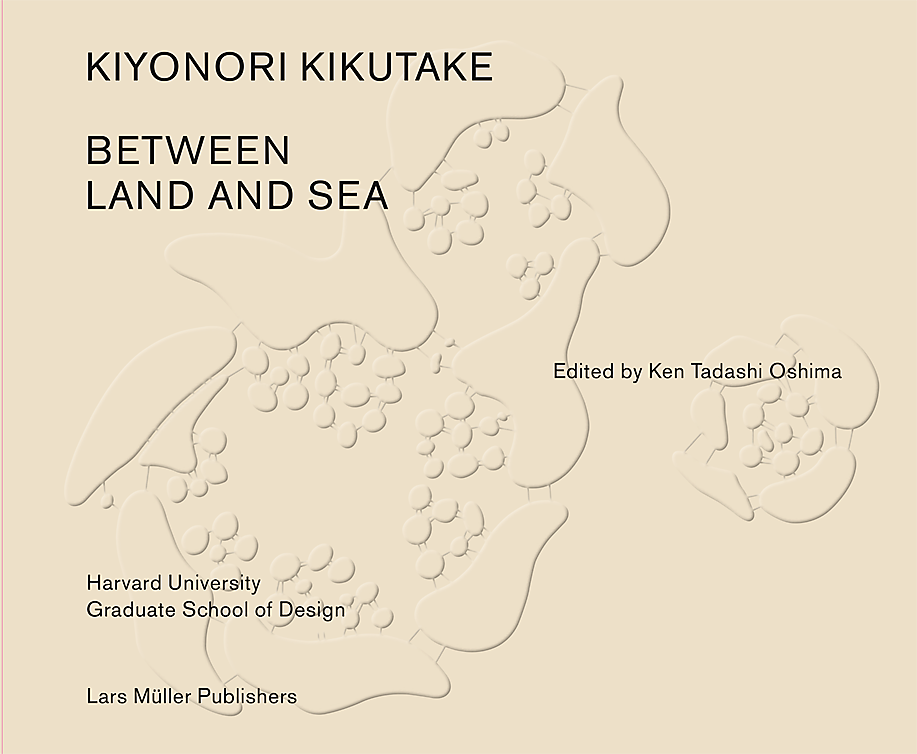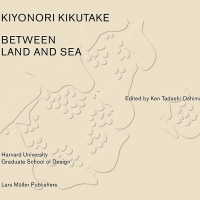Kiyonori Kikutake (1928-2011) was a leading Japanese architect of the postwar period and is best known for his central role in metabolism, the avant-garde architectural movement. "Kiyonori Kikutake: Between Land and Sea" disentangles Kikutake from the legacy of metabolism and provides new perspectives on his work and influence.
Between Land and Sea, by Kiyonori Kikutake, Edited by Ken Tadashi Oshima.
216 pages
LARS MULLER PUBLISHERS, Nonfiction.
The book opens with a series of critical essays by architects and scholars, each offering a different view of Kikutake. Architecture professor Seng Kuan examines the environmental strategy behind Kikutake's massive 1961 plan for Tokyo Bay. Harvard University professor Mark Mulligan discusses the centrality of structural experimentation in Kikutake's work. Entries by architect Toyo Ito and University of Waterloo Professor Fred Thompson, both former Kikutake employees, assess his influence.
The essays are followed by a collection of writing by Kikutake himself. He discusses the theoretical relationships between man, architecture and nature with an ecological sensitivity that was ahead of his time. He also outlines several proposals for urbanizing the oceans with vast floating platforms that can be sunk once obsolete.
Deciding which of Kikutake's grand ideas can be salvaged today and which are unrealistic is the shared task of the essayists and readers. By presenting Kikutake's work and writing alongside contemporary commentary, "Kiyonori Kikutake: Between Land and Sea" gives a nuanced view of his career and its impact on postwar Japan.




















With your current subscription plan you can comment on stories. However, before writing your first comment, please create a display name in the Profile section of your subscriber account page.